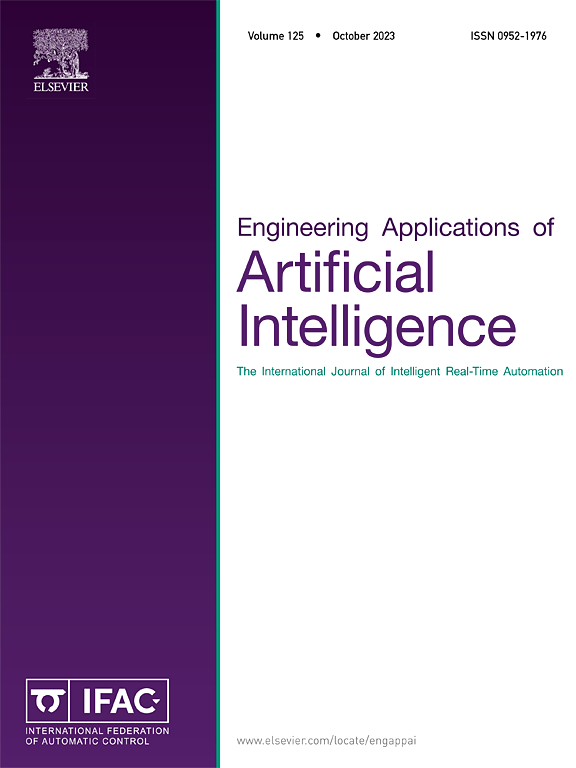A survey on learning with noisy labels in Natural Language Processing: How to train models with label noise
IF 7.5
2区 计算机科学
Q1 AUTOMATION & CONTROL SYSTEMS
Engineering Applications of Artificial Intelligence
Pub Date : 2025-02-19
DOI:10.1016/j.engappai.2025.110157
引用次数: 0
Abstract
When applying deep neural network language models to related systems (e.g., question answering systems, chatbots, and intelligent assistants), many datasets contain different types or degrees of label noise. Label noise can lead to a decline in model performance and an increase in resource consumption. Therefore, learning with noisy labels is becoming an important task in Natural Language Processing (NLP). This paper aims to collect, analyze, and evaluate methods for learning with label noise in NLP. First, we analyze the relationship between data feature extraction, prediction output, and optimization in the context of noise robustness to help researchers understand the mechanisms behind noise generation. Based on this, we classified the noise processing methods into five types according to the training process: feature vector, transition matrix, prediction confidence, loss improvement, and data weighting. We analyze each method and conduct a systematic evaluation across six metrics. In addition, we summarized the commonly used resources such as datasets, open source codes, etc. Finally, we also analyzed the challenges faced in current research and the potential opportunities. As a comprehensive survey, this work will help researchers and industry developers to understand the current state of research and unique challenges facing label-noise learning, which facilitate the selection and combination of different methods in applications to further advancements.

求助全文
约1分钟内获得全文
求助全文
来源期刊

Engineering Applications of Artificial Intelligence
工程技术-工程:电子与电气
CiteScore
9.60
自引率
10.00%
发文量
505
审稿时长
68 days
期刊介绍:
Artificial Intelligence (AI) is pivotal in driving the fourth industrial revolution, witnessing remarkable advancements across various machine learning methodologies. AI techniques have become indispensable tools for practicing engineers, enabling them to tackle previously insurmountable challenges. Engineering Applications of Artificial Intelligence serves as a global platform for the swift dissemination of research elucidating the practical application of AI methods across all engineering disciplines. Submitted papers are expected to present novel aspects of AI utilized in real-world engineering applications, validated using publicly available datasets to ensure the replicability of research outcomes. Join us in exploring the transformative potential of AI in engineering.
 求助内容:
求助内容: 应助结果提醒方式:
应助结果提醒方式:


